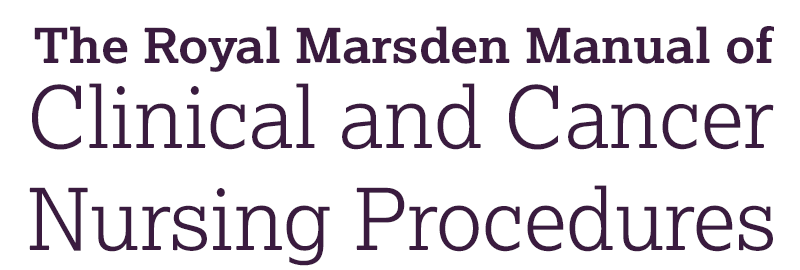Chapter 4: Infection prevention and control
Skip chapter table of contents and go to main content
Specific patient‐related procedures
Standard precautions
Related theory
The phrase ‘standard precautions’, or ‘standard infection control precautions’ (SICPs), is sometimes used to describe the actions that should be taken by all healthcare staff in every care situation to protect patients and others from infection (it is sometimes used interchangeably with ‘universal precautions’; however, this term is now considered outdated). Standard precautions include:
- appropriate patient placement to minimize any risk of cross‐infection
- hand hygiene at the point of care, as described by the WHO ([124]) in ‘My 5 Moments for Hand Hygeine’
- respiratory and cough etiquette
- correct use of PPE for contact with all blood and body fluids
- management of care equipment to ensure it is adequately decontaminated between uses, if not designed for single patient use
- providing care in a suitably clean environment
- safe management of linen, including storage and disposal
- safe management of blood and body fluid spillages
- safe disposal of waste, including care in the use and disposal of sharps
- occupational safety, including prevention and management of inoculation, bite and splash injuries.





